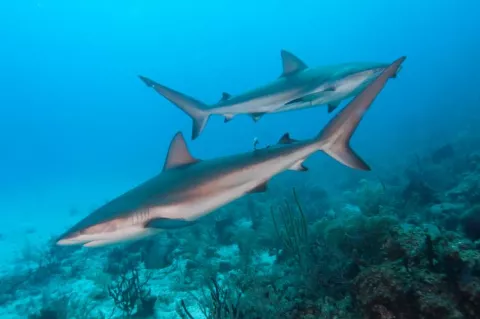Exposure—How Long, How Deep, How Cozy?
The Royal Mail Ship, Empress of Ireland, was an ocean-going luxury liner on her way to Liverpool from Quebec City when she sank in the Saint Lawrence River, 14 minutes after colliding with a Norwegian collier in the early morning fog of 29 May 1914. She had 1,477 people on board—passengers and crew—and the accident claimed the lives of 1,012, more than 800 of them passengers.













